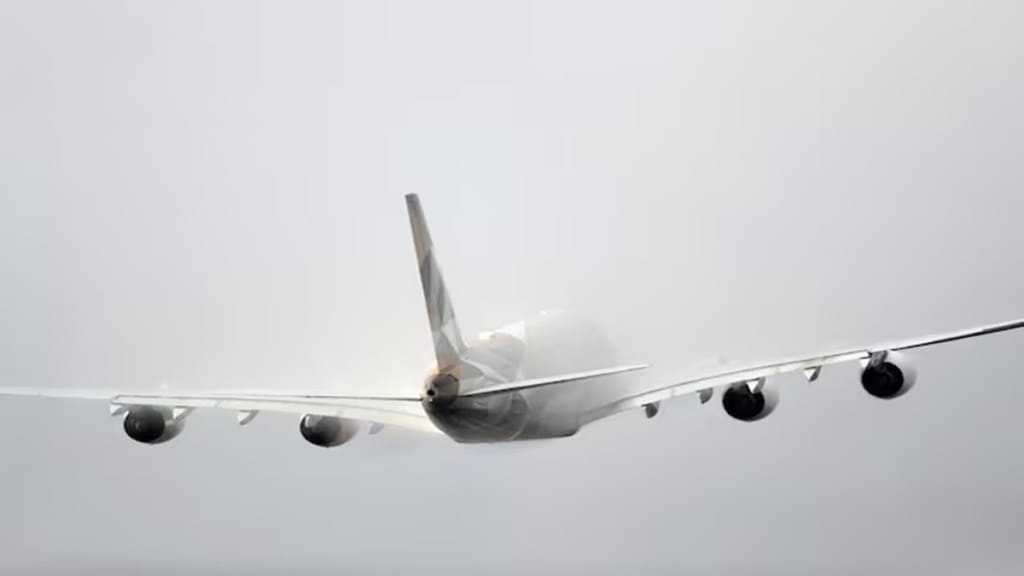The Indian aviation industry continues to soar, with October 2024 seeing a significant increase in domestic air passenger traffic, estimated at around 138.5 lakh passengers, marking a 6.3 per cent rise over September’s 130.3 lakh. Year-over-year, this reflects a 9.6 per cent growth over October 2023, and impressively, a 12.8 per cent jump from the pre-Covid era in October 2019. Cumulatively, for the fiscal period April to October 2024 (7M FY2025), domestic traffic reached 932 lakh passengers, up 5.9 per cent from last year and a notable 12.6 per cent increase over pre-Covid levels.
International travel is also experiencing a surge, with Indian carriers reporting 162.6 lakh international passengers in the first half of FY2025, a 16 per cent rise over last year and a remarkable 46.5 per cent leap from pre-Covid figures in H1 FY2020.
This growth trend is backed by a robust rise in the airlines’ capacity deployment, with October 2024 capacity up 7.6 per cent year-over-year and 5.2 per cent over September 2024. The passenger load factor (PLF) also hit a high of 86.2 per cent, indicating strong demand, particularly in comparison to October 2023’s 84.6 per cent and October 2019’s 83.5 per cent.
Stable Outlook Despite Cost Pressures
The Indian aviation industry’s future remains stable, with moderate growth expected in FY2025. Although the growth rate may moderate to around 7-10 per cent, slightly lower than FY2024’s 13 per cent, a stable cost environment and improved pricing power for airlines are expected to support profitability. However, maintaining this growth and profitability in the face of elevated aviation turbine fuel (ATF) prices remains a critical challenge. ATF prices, which account for 30-40 per cent of airline operating expenses, were high at Rs. 103,499/KL in FY2024 but saw a year-over-year decline of 6.8 per cent in the first eight months of FY2025. Nevertheless, ATF prices are still approximately 47 per cent above pre-Covid levels, putting continued pressure on airline expenses.
Profitability and Losses: A Balancing Act
The industry’s revenue per available seat kilometre–cost per available seat kilometre (RASK–CASK) spread is improving, yet profitability remains a balancing act. ICRA projects industry-wide net losses of Rs. 20-30 billion in FY2025, primarily due to anticipated yield pressure as airlines aim to sustain high PLF amid continued high ATF prices. This projection, while better than previous expectations, reflects the high fixed costs and reliance on steady pricing adjustments to sustain margins.
Supply Chain Challenges Impact Capacity
Supply chain issues, notably engine failures involving Pratt & Whitney (P&W) engines, have grounded many aircraft, with 134 aircraft out of operation as of June 30, 2024, representing around 15-17 per cent of the industry fleet. This has strained capacity, forcing airlines to lease older, less fuel-efficient aircraft temporarily, impacting their cost structure. For instance, Go Airlines (India) Limited (GoFirst) faced significant fleet issues due to faulty P&W engines, leading it to file for insolvency. Other airlines, including InterGlobe Aviation Limited (IndiGo), have also seen a number of their aircraft grounded due to engine-related challenges, though the situation has improved slightly in recent months.
The Road Ahead: Navigating Through Financial Challenges
While some airlines benefit from strong parent companies and improved liquidity profiles, others face severe financial strain. GoFirst’s insolvency filing underscored the vulnerability of certain airlines to operational disruptions. As the industry navigates these challenges, maintaining pricing discipline and managing cost pressures—especially regarding fuel and foreign currency-denominated expenses—will be essential for financial stability.
The future of Indian aviation remains promising, with both domestic and international travel demand continuing to rise. However, overcoming cost pressures and supply chain bottlenecks will determine whether this promising growth trend can be sustained through FY2025 and beyond.

